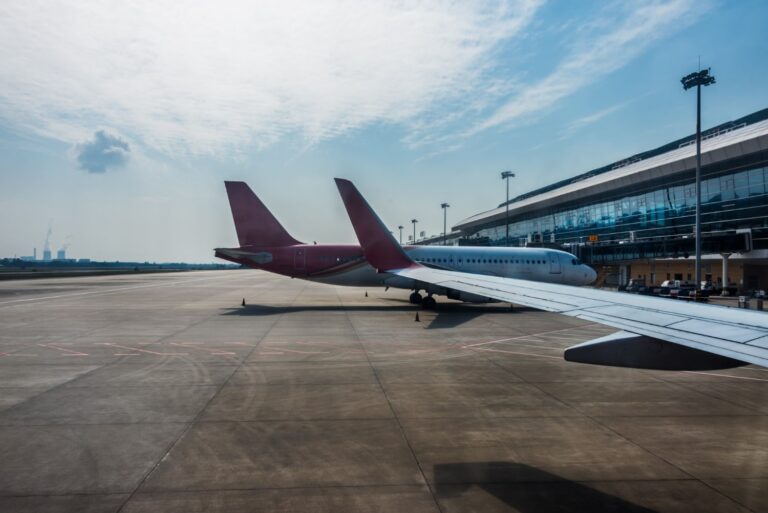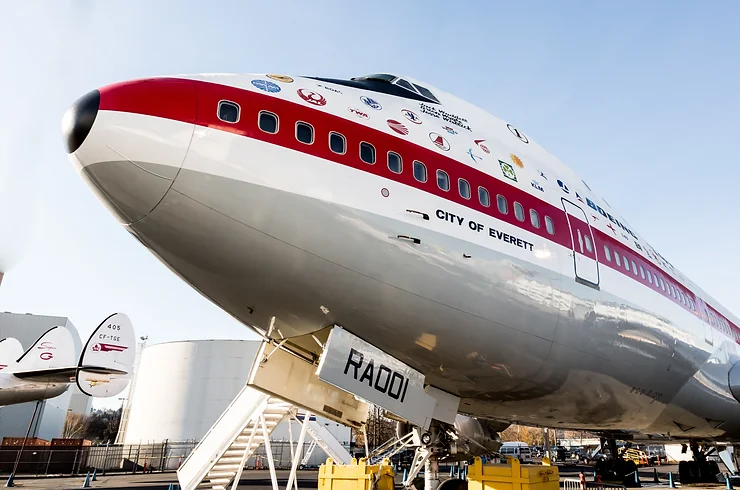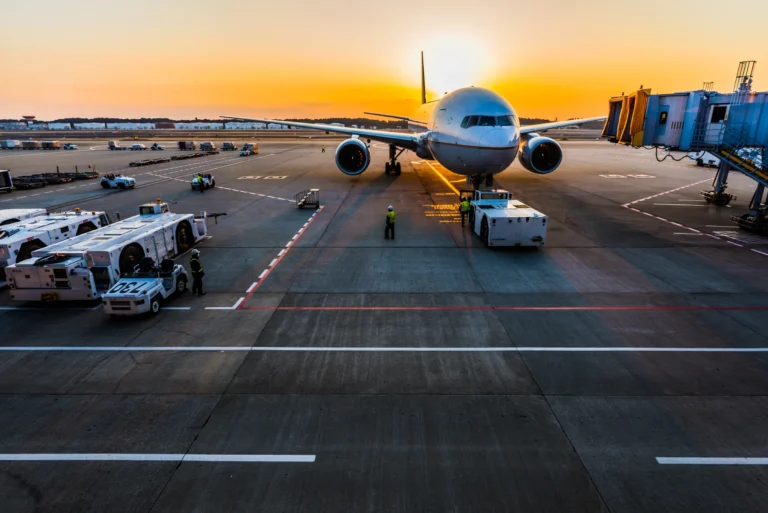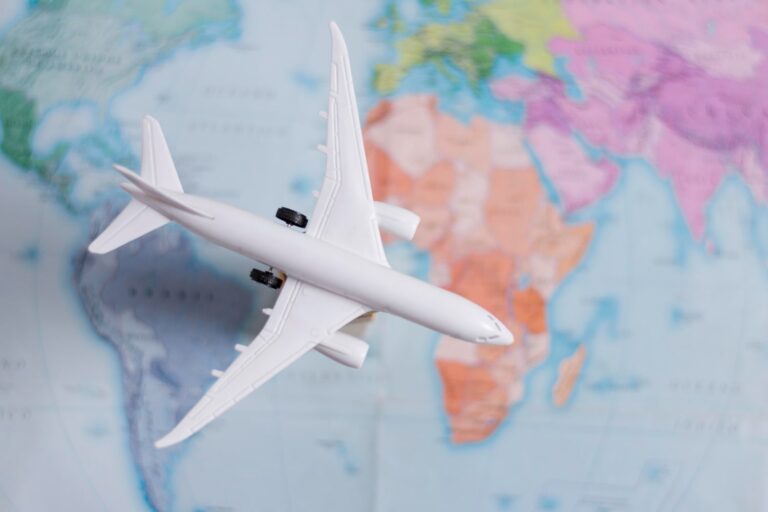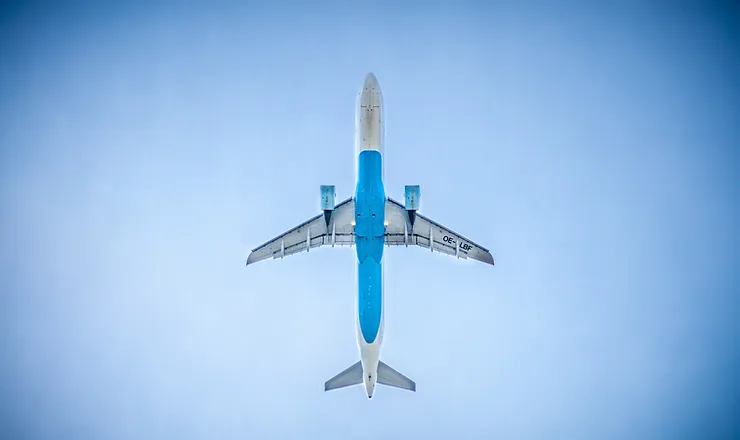Air Waybill (AWB) – What is it and what should it contain?
Air transport plays a key role in global logistics, enabling fast delivery of goods over long distances. One of the basic documents necessary for the proper course of the air cargo transport process is the air waybill, or AWB (Air Waybill). This is a document that performs many functions – from confirming the contract between the sender and the carrier, to ensuring customs formalities. Let’s take a closer look at what the AWB is and what information it must contain to fulfill its tasks.
Air Waybill – What is it?
An air waybill, also known as AWB (Air Waybill), is a document that confirms the existence of an agreement for the carriage of goods by air. AWB is essential in the process of international transport, acting as both a receipt for the carrier’s acceptance of the cargo and proof of the obligation to deliver the goods to the indicated recipient. It is worth emphasizing that AWB is not a document of title to the goods, but confirms the conditions of carriage and the carrier’s liability.
Each AWB air waybill contains a unique eleven-digit number, the first three digits of which identify the air carrier. The AWB is therefore not only a logistical document, but also an administrative one, allowing you to monitor your shipment at every stage of the journey.
What must an international air waybill contain?
The international air waybill is a key document in the transport of goods. In order to fulfill its functions, it must contain a number of important information. It is important to ensure that all data is completed precisely, because any errors can result in delays in delivery and even additional costs related to customs formalities. Below are the elements that must be included in the AWB waybill:
Date and place of issue of the document – key information enabling monitoring of the shipment from the moment of its dispatch.
Name and surname/sender’s name and full address – the sender is responsible for the accuracy of this data and any possible errors that may affect the transport process.
Name and surname/sender’s name and address – identification of the air carrier responsible for delivering the goods.
Name and surname/name and full address of the recipient of the shipment – data necessary to transfer the goods to the recipient at the final stage of transport.
Goods specification – description of the shipment, including the type of goods, packaging method, number of packages, weight (expressed in kilograms or pounds), and dimensions (length, width, height).
Freight costs – information on fees that are important to the party covering the transport costs.
… MAWB (Master Air Waybill) – this is the main air waybill, used for consolidated shipments. MAWB is issued by the carrier and specifies the conditions of transport of a group of shipments sent to one destination. The freight forwarder here acts as the sender, and the carrier is responsible for the shipments.
HAWB (House Air Waybill) – this is a waybill issued by the freight forwarder for each consolidated shipment separately. HAWB is used when the freight forwarder organizes transport for different customers, and this document specifies the conditions of transport and describes each shipment separately.
Air Waybill
Air Waybill, or AWB, is a document commonly used in international air transport. This document regulates all aspects related to the transport of goods, from the moment of their shipment to delivery to the recipient. In addition, AWB plays a key role in customs formalities, facilitating clearance and accelerating the entire logistics process.
In the case of international air transport, the AWB serves as a transport contract, confirming that the air carrier has undertaken to transport the goods under certain conditions. When completing this document, the consignor must ensure that all entered data is correct, because any mistake may affect the execution of the order.


